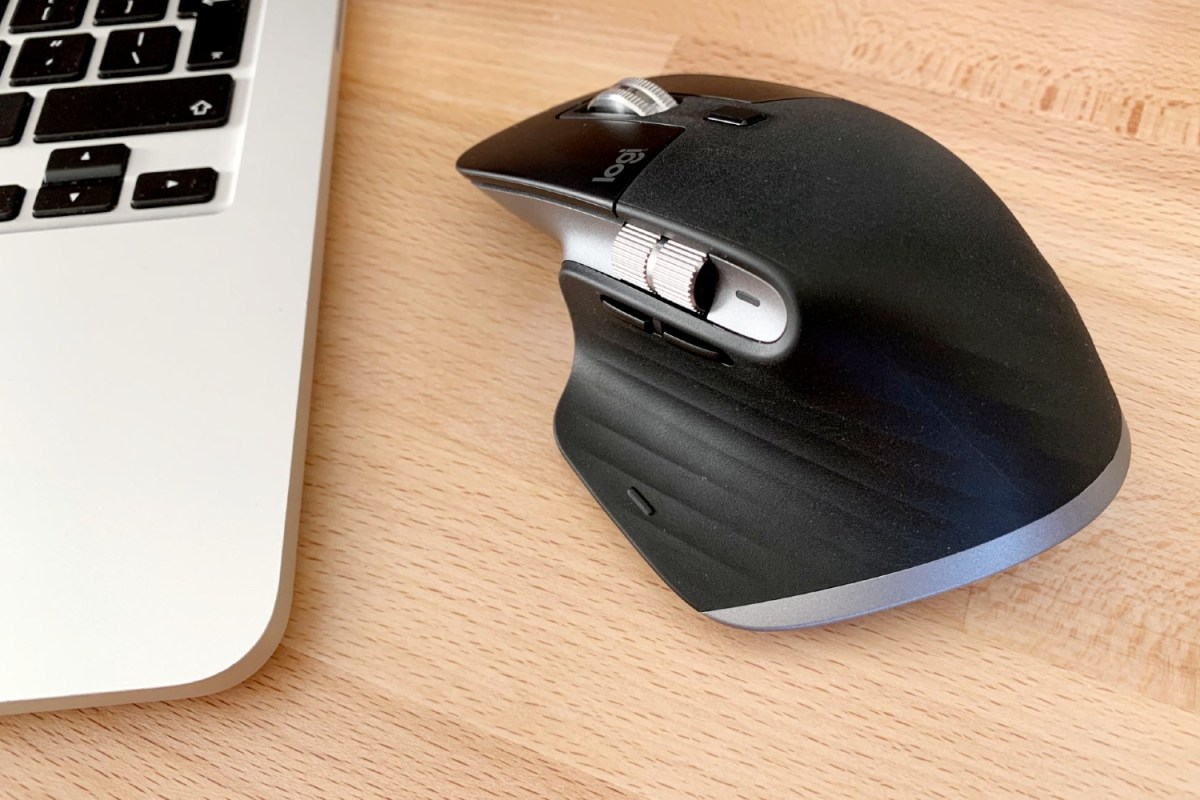The Logitech MX Master 3 has been a popular mouse for Mac enthusiasts, but now Logitech has launched a model specifically made for Apple compatibility. The MX Master 3 for Mac costs $99 and brings some Mac-specific details and features that its predecessors lacked. Logitech also launched a corresponding keyboard, the $99 MX Keys for Mac.
These were already fantastic Logitech peripherals. But do these Apple-specific versions make for the ultimate Mac accessories?
Logitech MX Master 3 for Mac

The MX Master 3 for Mac has many of the same features as the regular MX Master 3, including its horizontal scroll wheel and ergonomic shape. It has a few new features, though, including improved Bluetooth connectivity and a space gray color scheme. There are also a range of predefined app-specific shortcuts that take advantage of Mac behaviors.
One of its best features is the gesture control button located just below where your thumb rests. Hold it down and swipe the mouse to one side and it will perform a native Mac function. For example, you can hold it and swipe up for Mission Control, mirroring the MacOS trackpad gesture. This is a great example of a company really understanding how the Mac works — including its pain points — and then crafting an accessory based on that knowledge. Outside of setting up your own custom gestures, accessing Mission Control from the mouse is something we have only seen on Apple’s own Magic Mouse.
After spending a week or so with the mouse, I grew to love some of its more clever features. For example, the scroll wheel that automatically switches from ratchet clicks to free-flowing spins if you start scrolling quickly. The horizontal scroll wheel has some genius applications (side-scrolling in spreadsheets or increasing the brush size in Photoshop, for example), and some that feel a bit more average (zooming in on word processor documents comes to mind). It’s a neat idea, though, and a handy addition nonetheless.
The MX Keys for Mac

The MX Keys is a full-size keyboard with a numeric keypad and extra function keys on the right. It comes in a space gray and black color scheme to match Apple’s aesthetic tastes, as well as a proper Mac layout. That includes Control, Option, and Command keys. Although the regular MX Keys was designed for both Windows and MacOS, using split markings on some keys, the MX Keys for Mac avoids the confusion and gives you the standard Mac layout you’re already familiar with.
But there is much more to it than just a Mac layout. It features a clever backlighting system that uses an ambient light sensor to detect whether you actually need the backlighting — and if you do, how strong it should be. Logitech estimates the MX Keys will last 10 days on a single charge with the backlighting on, or up to five months with it off.
The MX Keys is super-comfortable to use, and I felt right at home almost immediately. The keys are weighted just right, and they almost never bottomed out and hit the low point of the mechanism. There is no fatigue that you would get with the MacBook’s old butterfly keyboard, and it is far quieter than a mechanical keyboard while still offering a satisfying click. If you have struggled for years with the butterfly keyboard on a MacBook — or just want a more affordable alternative to Apple’s $149 full-size Magic Keyboard — the MX Keys should be on your shortlist.
Just one problem
The Logitech Options app ties everything together. It lets you override the default mouse button actions with your own shortcuts on an app-by-app basis, which can make some of the more lackluster defaults a bit more useful. It’s easy to use, if a little cluttered.
Options has a feature called Flow, which is meant to let you use the mouse and keyboard on two computers (including Mac and PC) at once, with the idea being that you simply move the mouse pointer from one screen to the other, much like a built-in KVM switch. It is a great idea, and works with the keyboard too — copy a file on your Mac with Command-C, move the mouse across to your PC, then press Control-V on Windows, and the file will paste into place.
The problem? I had a lot of trouble setting this up. Despite following the instructions exactly, Flow simply refused to find my PC. I’ve reached out to Logitech for help, and it’s likely an issue that can be resolved.
Despite my setup woes, the new mouse and keyboard from Logitech are worthwhile purchases. The MX Keys for Mac is supremely comfy to use, while the MX Master 3 for Mac is where the real brains lie. If you have been looking for a way to revamp your Mac setup, these two accessories could be the answer.



